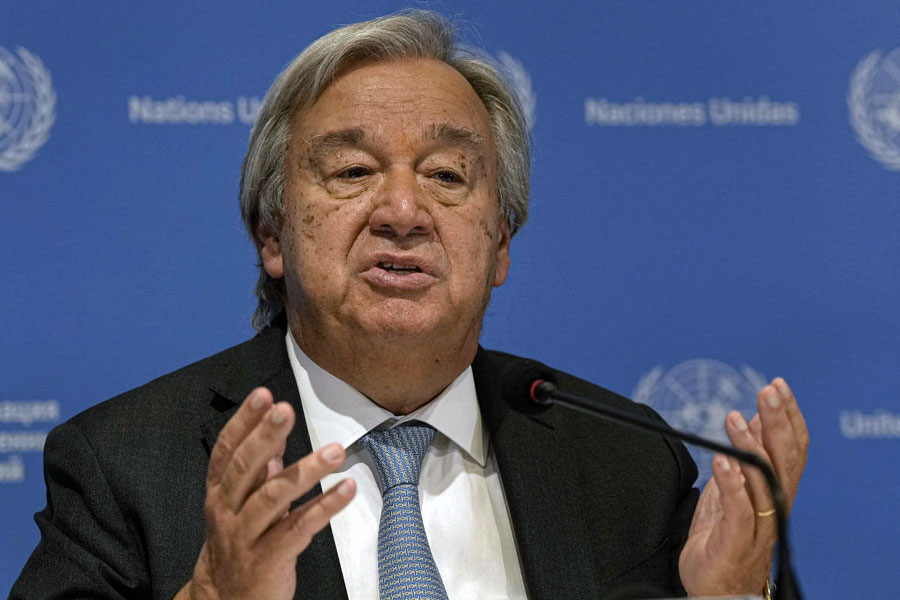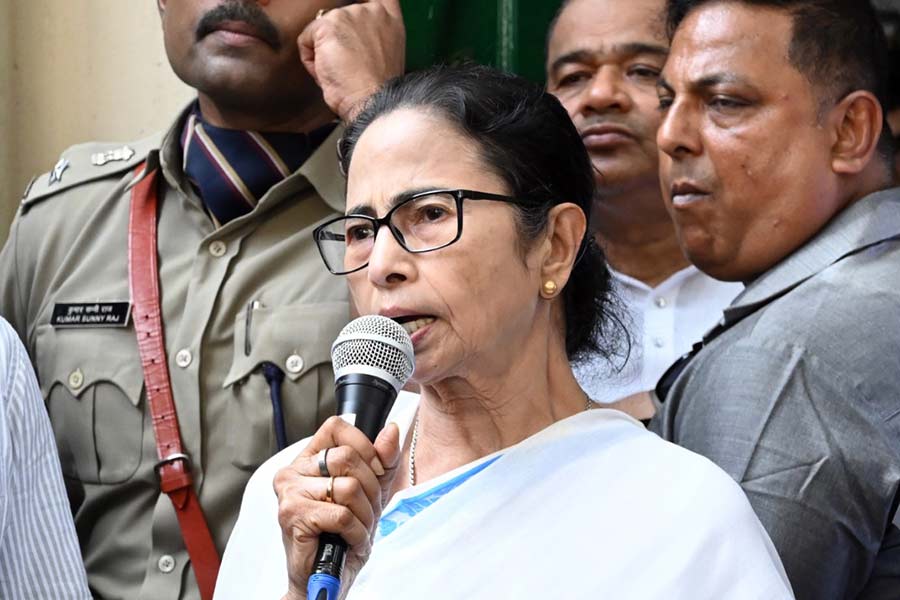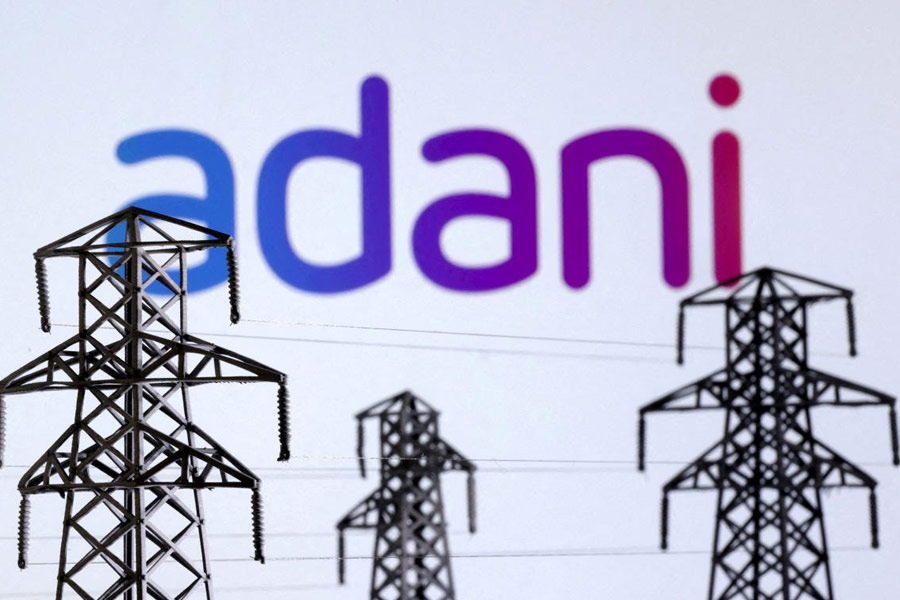BBD Bag: The countrywide speed limit of 100kmph on national highways was fixed based on a comprehensive analysis of Indian road realities that make pushing the accelerator beyond that an instant risk to life, according to experts in the ministry of road transport and highways.
Forensic experts who scanned the Ferrari California T convertible that Shibaji Roy was driving on Sunday morning have deduced, based on the available evidence, that the car was travelling at a speed much higher than 100kmph before it crashed on a flyover along National Highway 6 near Salap in Howrah.
Shibaji, a director of ML Roy & Co that owns a chain of stores dealing in sanitation fittings, was fatally injured in the accident.
Factors like the geometric design of a highway, road quality, roadside conditions and safety features in vehicles are considered while arriving at a speed limit. The basic premise is that, irrespective of driving skills and the build quality of cars, speed is inversely proportional to safety.
A cumulative speed distribution curve is calculated by studying speed data of vehicles on highways and expressways like those across India and considering stopping sight distance.
"Stopping sight distance denotes the distance that a speeding vehicle would require to avoid a collision on a speed corridor after sighting an impediment on the way," said Ashish Verma, an expert in urban planning at the Indian Institute of Science, Bangalore. "Greater the distance, better the chances of avoiding an accident."
Road infrastructure is a major gripe of motorists in India, although it has improved over time. Highways used to be low-width roads with two-way traffic not long ago. Now, there are multi-lane carriageways and faster cars, but safety remains a concern for want of road discipline.
"Till the time a car travels between 80 and 100kmph, the driver remains in control," said Vishnu Mathur, the director of the Society of Indian Automobile Manufacturers. "But the urge to go beyond 100kmph on highways is a strong one. Ambassadors and older Fiats would shudder at high speeds. Modern cars have stability, so it is all the more imperative to enforce speed limits strictly."
A safety expert with Volvo Car India, which advertises itself as the manufacturer of the world's safest car, said: "In Sweden (where Volvo is based), the speed limit has been reduced from 130kmph to 110kmph. This is, of course, to save wild animals that often turn up on Sweden's roads. Most of Europe has a speed limit of 130kmph. The issue here is not of high speed, but the different average speeds of transport. There is a mix of vehicular traffic on roads, including cycles, three-wheelers, two-wheelers, four-wheelers and trailers. In certain European nations, even motorbikes are not allowed on freeways."
National Highway 6, where Shibaji was killed, passes through some of the more populated areas of Howrah district, "One needs to bifurcate traffic. Cars and bikes should be in different lanes, trucks in another," the expert said.
Bengal police are planning to install more speed-tracking cameras near the toll plazas on national highways. Around 75 speed guns are currently operational across the state.











